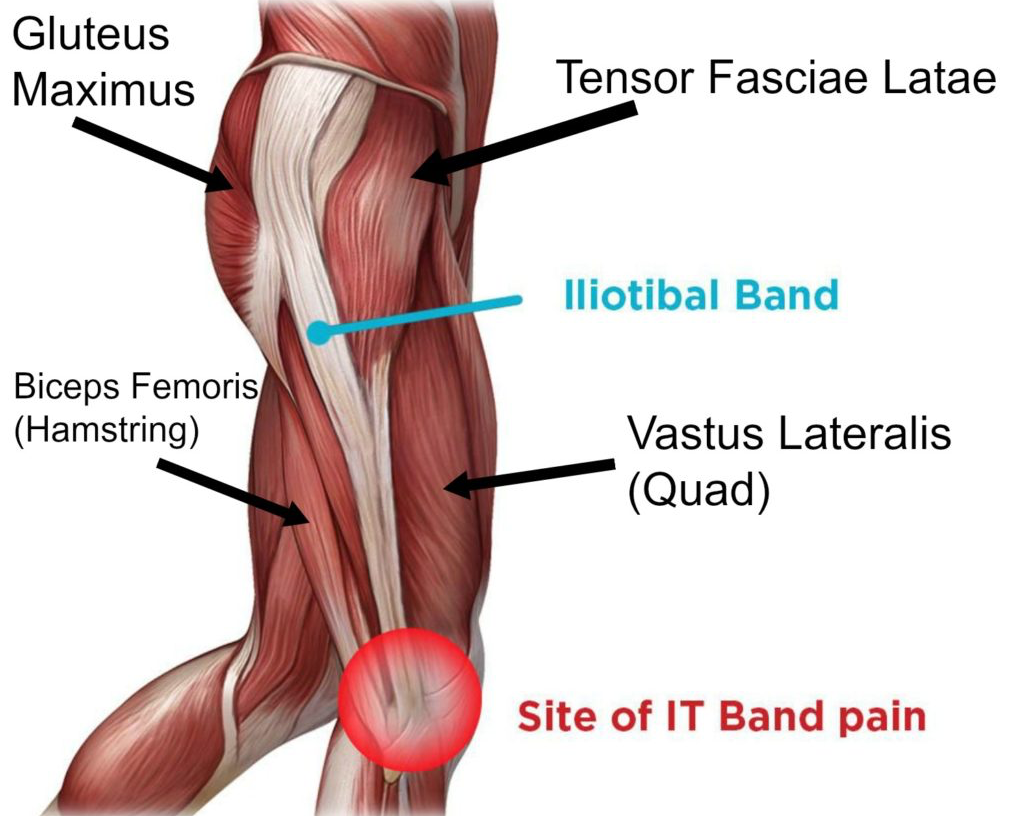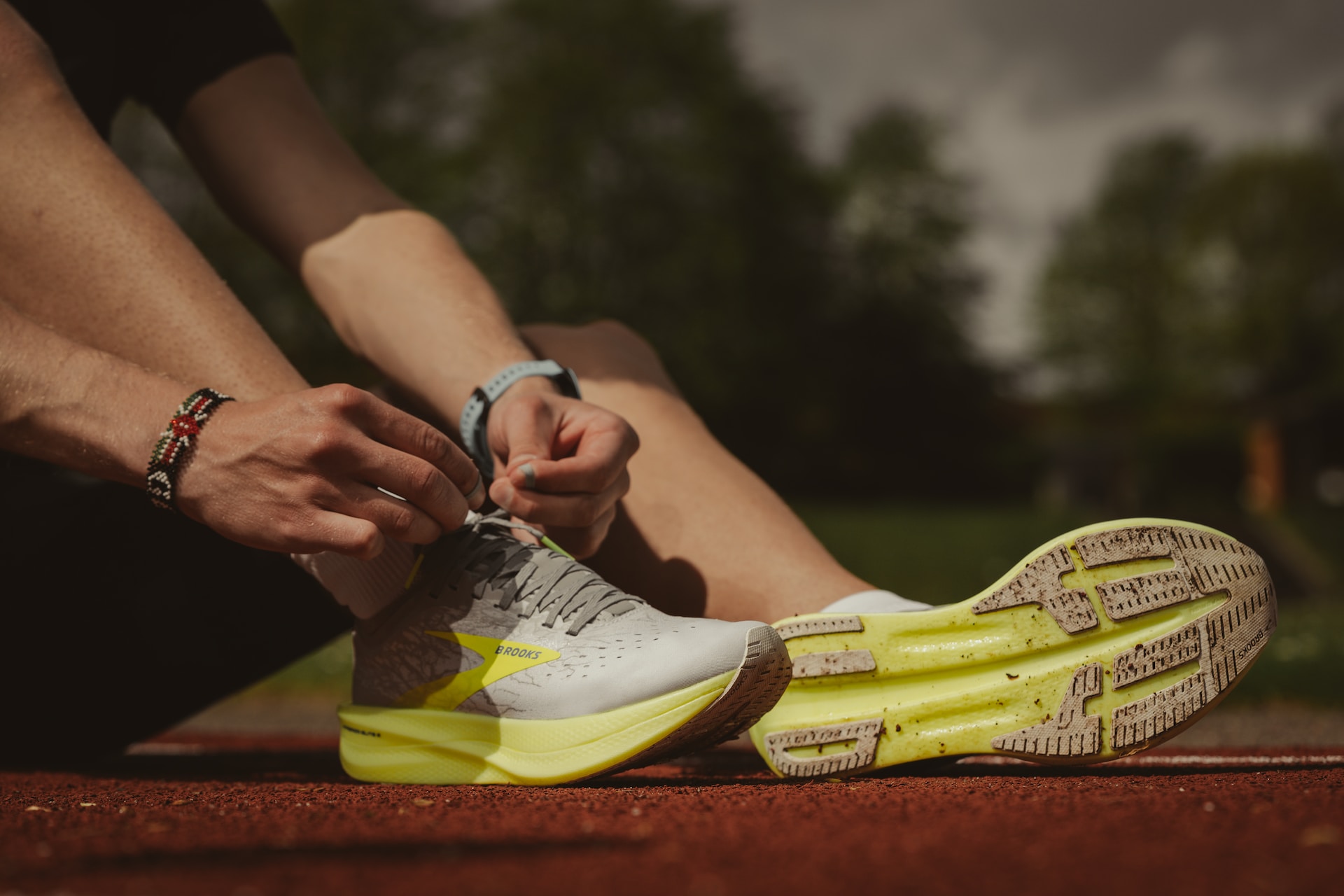Surprising Causes of ITB Syndrome You Need to Know
If you’re a runner, you may have heard of iliotibial band (ITB) syndrome – a common injury that causes pain on the outside of the knee. However, did you know that ITB syndrome can be caused by factors other than overuse? In this article, we’ll explore some surprising causes of ITB syndrome in runners that you need to know.
Overuse: A Common Cause of ITB Syndrome
ITB syndrome is often caused by repetitive activities, such as running or cycling, that put stress on the iliotibial band. This is especially true for runners who frequently run on uneven surfaces or steep inclines. The ITB is a long band of connective tissue that runs from the hip to the knee, and when it becomes inflamed, it can cause pain, swelling, and tenderness on the outside of the knee.
If you’re experiencing ITB syndrome, the first step is to take a break from running or any other activity that causes pain. Ice and anti-inflammatory medication can help relieve the symptoms, but it’s important to address the underlying cause of the injury to prevent it from recurring.

Underuse: A Surprising Cause of ITB Syndrome
While overuse is a common cause of ITB syndrome, underuse can also lead to this injury. A sudden increase in activity level after a period of inactivity, such as starting a new exercise routine, can put strain on the iliotibial band and lead to inflammation. Runners who take a long break from running and then return to their previous level of activity may also be at risk.
To prevent ITB syndrome caused by underuse, it’s important to gradually increase your level of activity over time. This allows your body to adjust to the new demands being placed on it and reduces the risk of injury.
Footwear: The Importance of Proper Shoes
Worn-out or ill-fitting shoes can contribute to improper biomechanics and place additional stress on the iliotibial band during physical activity. This can lead to the development of ITB syndrome.
It’s important to invest in quality running shoes that are appropriate for your foot type and gait pattern. Motion control shoes are designed to provide extra support and stability, and may be particularly beneficial for runners with ITB syndrome. A sports store or a podiatrist can help you find the right shoes for you.

Biomechanics: The role of foot pronation, hip abductor weakness and tibial torsion.
A tight iliotibial band can be caused by several biomechanical factors, including excessive foot pronation, hip abductor weakness, and internal tibial torsion.
Excessive foot pronation refers to the natural outward rotation of the foot. This rotation can stretch the iliotibial band and bring it closer to the bones, resulting in tightness and potential ITB syndrome.
Hip abductor weakness is when the hip has a decreased ability to lift away from the body. This weakened ability can cause tension in the iliotibial band, leading to tightness and ITB syndrome.
Internal tibial torsion is when the shinbone or tibia is twisted inward toward the body. This inward twist pulls the iliotibial band closer to the bones, resulting in tightness and potential ITB syndrome.
Weakness: The Importance of Strength Training
Weakness in the hip abductors and external rotators can lead to ITB syndrome. Incorporating strength training exercises that target these muscles can help prevent ITB syndrome. Examples of such exercises include clamshells, lateral band walks, and single-leg squats.

As a runner, ITB syndrome can be a frustrating and painful injury. By being aware of the various causes and taking steps to prevent it, you can reduce your risk and keep running injury-free. Remember to prioritize proper footwear, maintain a consistent level of activity, and incorporate strength training exercises into your routine. With these measures in place, you can enjoy the many benefits of running without the setback of ITB syndrome.
Strength training is important not only for preventing ITB syndrome. It is also needed for improving overall running performance and reducing the risk of other injuries. A well-rounded strength training program should include exercises that target the entire lower body. Core and upper body work is also important.
In addition to strength training, it’s important to listen to your body and take breaks when needed. Rest and recovery are just as important as training, and overtraining can lead to a variety of injuries, including ITB syndrome.
By taking a comprehensive approach to injury prevention, you can stay healthy, active, and injury-free as a runner.

